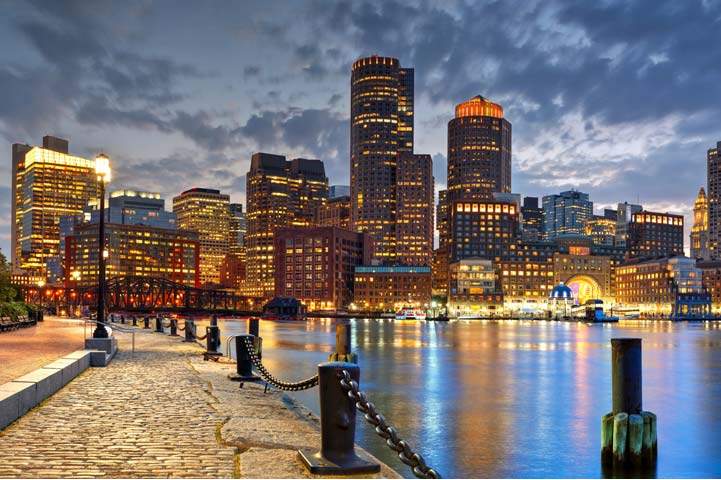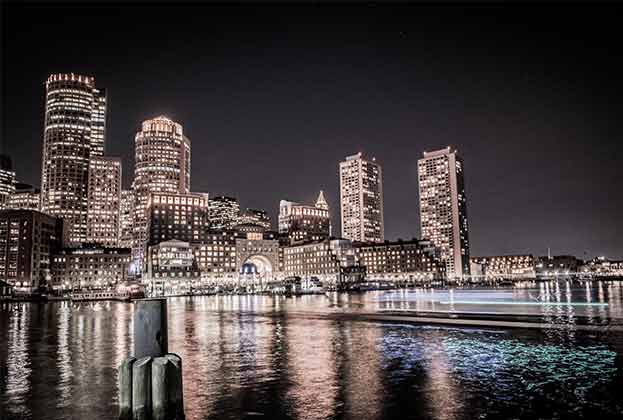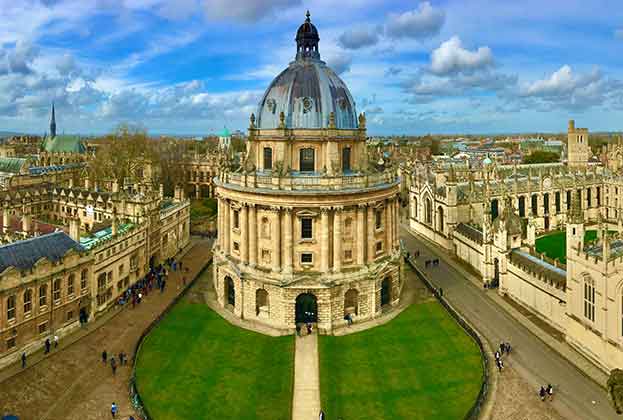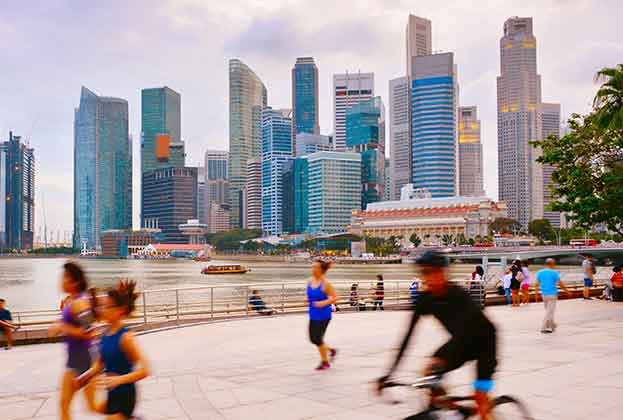Industry growth is outstripping supply of labs in some markets, while high residential costs are an obstacle to staff
Life sciences firms often have wide-ranging and bespoke property requirements. These needs can include more data-heavy computational equipment in ‘dry’ labs through to fume hoods, sinks, and chemical resistant surfaces for ‘wet’ labs.
The specialist nature of these spaces means that demand is outstripping supply in some markets, with high development and fit-out costs a barrier to some entrants. The sector is also highly resilient to changes in working habits, as life sciences research can’t be carried out from home.
The costs of leasing these facilities vary widely by city (see table, below).
Boston’s lab rents, at $103 per sq ft, are at a 50% premium over offices in the city. With a mix of growing startups and large, expanding companies, Boston has high occupier demand and lab space vacancies are low. In this market, given its premium on office space, converting disused office spaces to lab space makes economic sense. Contrasted with the second-ranked San Francisco Bay Area, with the recent weakness in its office leasing markets and larger land area, lab spaces can be found in the region for an 11% discount compared to office costs.
London has invested a great deal in its lab facilities and the 2020 announcement of GSK’s new research base in Kings Cross is the most recent firm to take advantage of that investment. However, a shortage of space in the city means that costs for both lab space and office space are the highest in our analysis at $113 per sq ft (albeit broadly comparable in cost to prime office space). San Diego is another space-constrained city, lab rents average $42 per sq ft, and developers are increasingly converting obsolete office and industrial buildings into lab space to meet demand.
Some of the least expensive lab rents can be found in China, with facilities in Beijing and Suzhou offered at a 60% discount compared to offices in the city, with many facilities located in suburban industrial parks. In the United States, the Research Triangle in North Carolina with its ample space and sprawling suburban parks has the least expensive rents, quoted at an average of nearly $22 per square foot.
Lab space can be housed in a range of property types, from city centre buildings to out of town industrial parks. Repurposing existing buildings, including retail, also offers opportunity, particularly as generous floor to ceiling heights can accommodate necessary ventilation plant (though high fit-out costs means that, depending on the building, retrofitting isn’t always cost-effective).
Lab space in warehouses faces competition for sites from a logistics sector fuelled by rising e-commerce penetration across the globe. Such sites are critical to life science manufacturing, particularly as vaccine production is ramped up across in response to Covid-19. Supply chain disruption in the wake of the first wave of the pandemic led to calls to onshore the production of more medicines. Competition for suitable sites may be a limiting factor to achieving this at scale.
Location matters too. Life sciences organisations want to be close to the major research universities and institutes to capitalise on the innovation, talent and startups coming from these institutions. As any occupier, employee wellbeing is high on the agenda and the best buildings offer amenity space and provision for sustainable modes of transportation, such as proximity to public transport and cycle storage.
Requirements aren’t limited to lab space. From startup incubators and R&D facilities to major headquarters, the sector brings a diverse range of requirements. For investors, this can help to diversify portfolios.

Science city: Boston
Living space
Residential rental costs matter because affordability can be a deciding factor in where young employees decide to settle. All of our cities are successful and growing with competitive life science jobs markets and, in turn, facing affordability challenges.
Two-bedroom apartments located close to major research facilities have widely varying costs. Large cities with constrained supplies of living space such as San Francisco, Tokyo, and New York possess the highest apartment rental costs, averaging over $3,000 for a two-bedroom apartment close to the academic and research hubs.
By contrast, cities with more available space but still offering comparatively high salaries, such as the Research Triangle, NC or Mainz, have apartment rents averaging closer to $1,350.
Read the articles within Report: Science Cities below.
.jpg)





